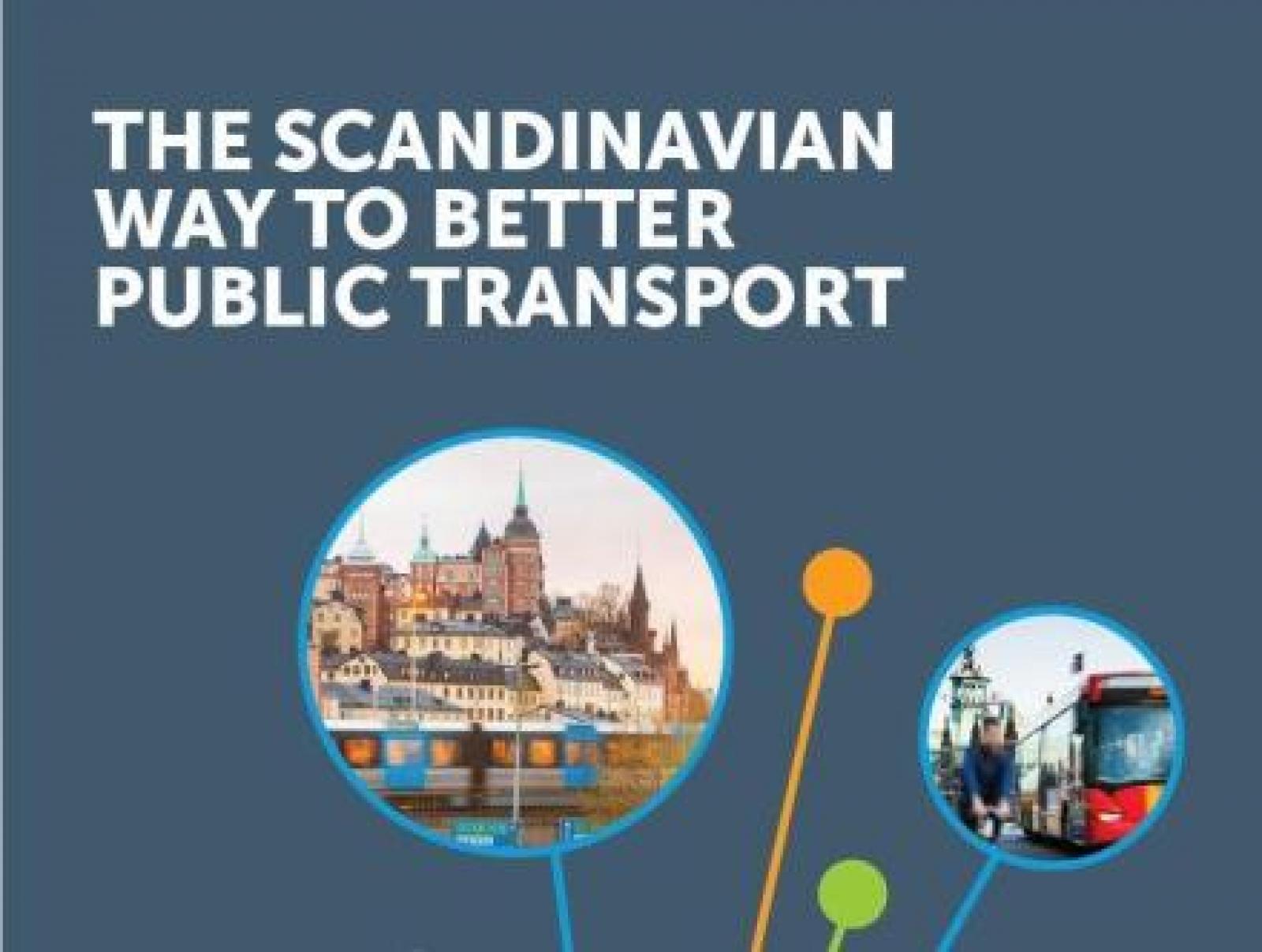Scandinavian designed transport

Our new report, ‘The Scandinavian way to better public transport', takes a detailed look at how Sweden, Norway and Denmark deliver public transport that not only gives its customers exceptional service but also underpins macro economic and environmental policies at local and national levels. Professor Tom Rye, from the Transport Research Institute at Edinburgh Napier University led a team of on the ground experts in this study for the Urban Transport Group. In a guest blog, he explains what lessons UK transport authorities and policy makers can learn from the Scandinavian experience. “Franchising is the norm across much of Scandinavia for regional and urban public transport as it allows locally accountable transport authorities to determine the outcomes they want in line with their wider social, economic and environmental goals and to deliver those outcomes in an efficient, cost effective and often innovative way. “The report shows that based on experience in these Scandinavian cities and regions, franchised public transport systems:
- Can deliver good value for money to the authority and to the paying passenger, and can deliver very high and growing ridership.
- Foster competition between operators (for tenders) and are a good way to keep costs under control. Consequently operators in these systems tend not to make excess profits.
- Allow public authorities to decide and control what level and quality of public transport they want, and how much this will cost them. So public authorities know what they will get when they pay public money to transport operators.
- Make good value multi-modal integrated ticketing easier to deliver.
- In some cities, can deliver services at a cost per passenger to the public purse than is lower than in UK city regions.
“It is important to note that all these benefits have been delivered in the context of a clear city region governance structure where a regional body plans local and regional public transport and contracts operators to run its services. “In addition, the report shows that these city regions have delivered major public transport infrastructure and service improvements and that the cost of these infrastructure projects is significantly lower than equivalents in the UK."
I concluded the report with the following statement and I think it sums up the notion of Scandinavian designed transport: “Scandinavian countries have taken this approach because there is a political and public consensus that public transport is a public service. A public service that has a key role to play in tacking road congestion, reducing greenhouse gases and air pollution. A public service that also spreads the benefits of economic growth and promotes social cohesion through ensuring better connectivity within and between communities – including linking peripheral areas with the main towns and cities that are driving the wider economy.”

